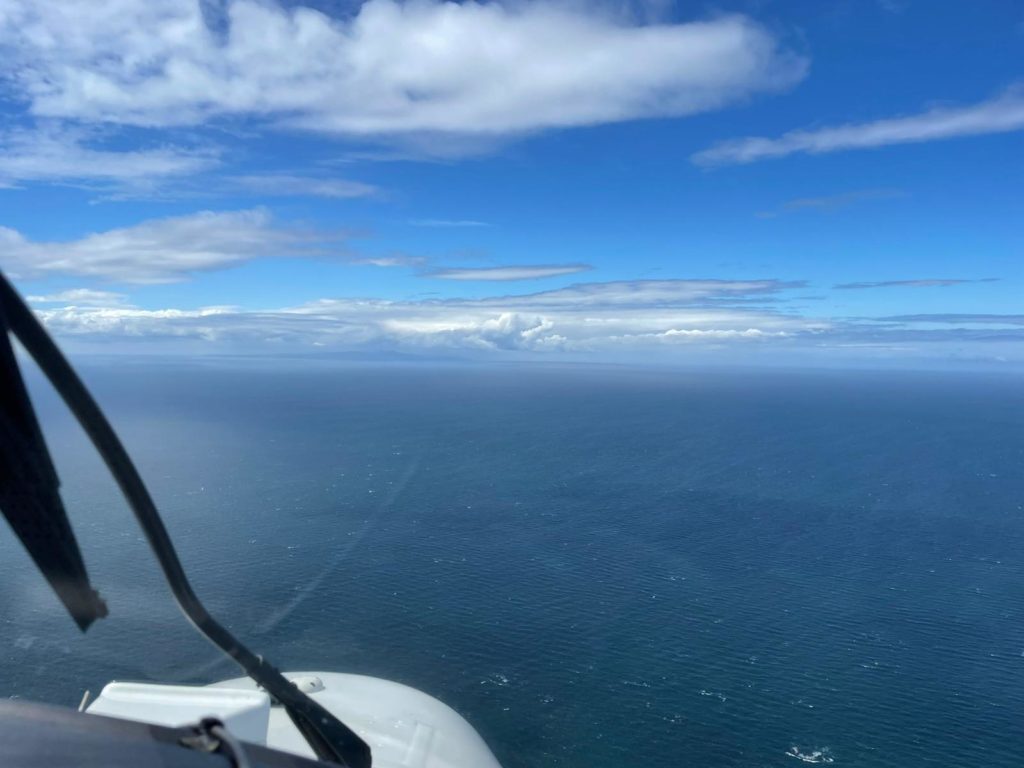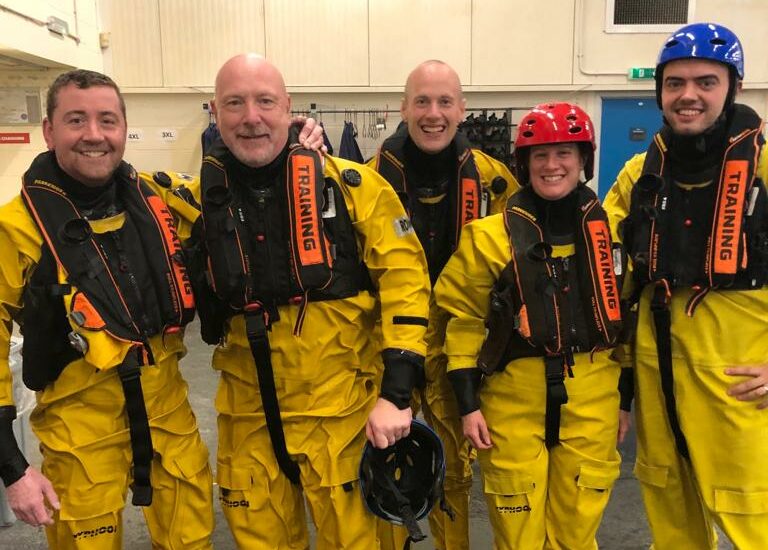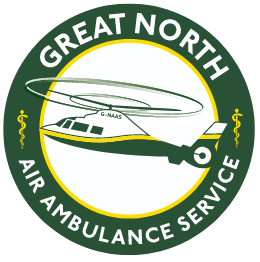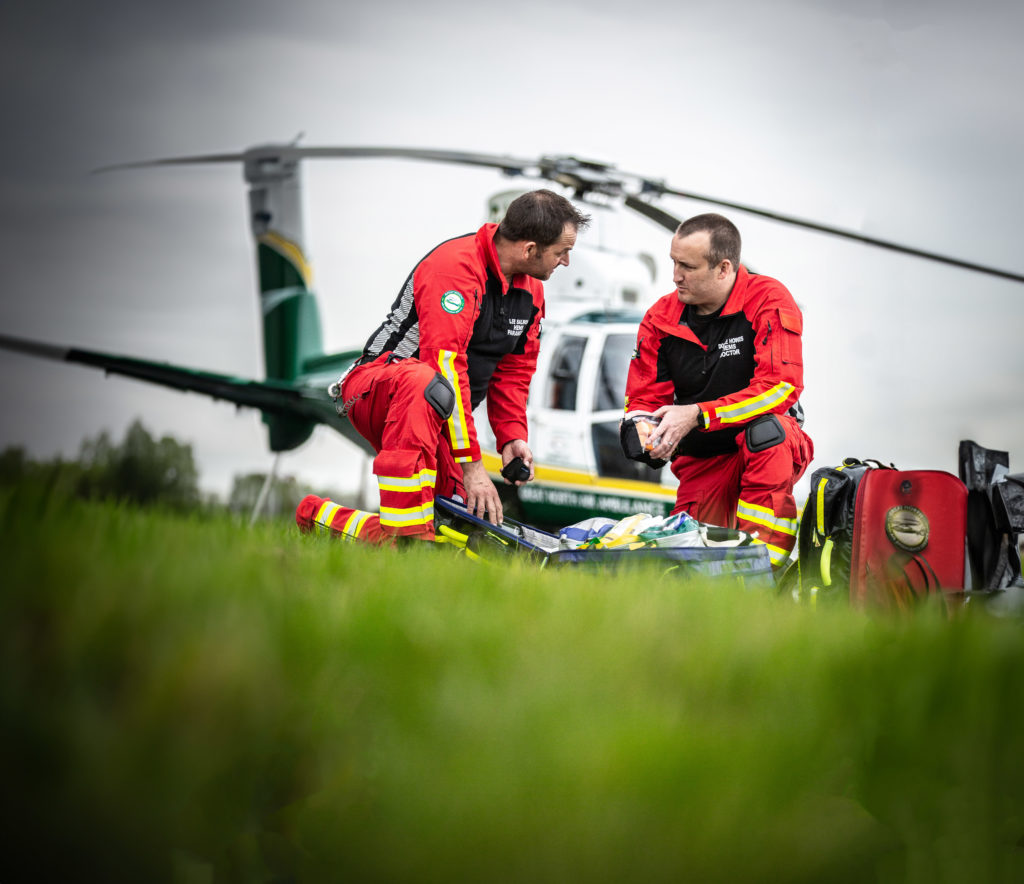The Great North Air Ambulance Service (GNAAS) has revealed the crucial adaptations it has made to enable it to serve the Isle of Man.
Since March 2022, GNAAS and Manx Care have been working together to develop a Helicopter Emergency Medical Service (HEMS) for the Isle of Man.
The introduction of a HEMS service and an enhanced emergency air bridge allows patients who are seriously ill or who have suffered a major trauma to be taken directly from their community on the Isle of Man to a centre of excellence in the UK for emergency medical treatment.
Working closely with paramedics from Isle of Man Ambulance Service (IMAS), GNAAS’ critical care team, which consists of a doctor and paramedic, can provide patients with advanced levels of pre-hospital care, including anaesthesia, blood transfusions and surgery.
Since launching the new service, the critical care teams at GNAAS, based at Langwathby, Cumbria, and Teesside in the North East, have responded several times to a variety of incidents.


To allow for the extended flight over water to the Isle of Man, which is 35 minutes, GNAAS had to make several adaptations, both to their aircraft and the staff training.
The charity’s aircraft have had flotation devices fitted to them in case of needing to ditch in open water to help remain afloat. These help to keep the aircraft buoyant and allow time for the team to escape, and there are also rescue rafts fitted to the aircraft.
Approximately £250,000 was invested in fitting floats to the helicopter. These floats need maintaining yearly and additional ones need to be fitted to their other aircraft to ensure their team can always be available to respond.
In addition to a survival brief every day and needing to review wave height over the Irish Sea as part of the aviation brief, the team are required to wear a personal flotation device when flying to the island.


To ensure all team members are appropriately skilled on the required actions in the event of a water landing, they have been introduced to “dunker tank” training. This involves team members being submerged in a simulated airframe and allows them the opportunity to rehearse exiting the aircraft in water. The simulation is carried out in both light and darkness to increase the degree of realism and prepare the team for any possible scenario that they may encounter.
Since the partnership began, GNAAS has responded to the Isle of Man by helicopter 33 times and transferred many patients to specialist hospitals in the UK.
GNAAS’ services cost £8.5m per year to run, covering not only the Isle of Man but the North East, North Yorkshire, and Cumbria in the UK.
Funding is in place until April 2024 and the charity hopes to continue responding to incidents for many years to come, but to ensure this is possible it needs the support of the community.




